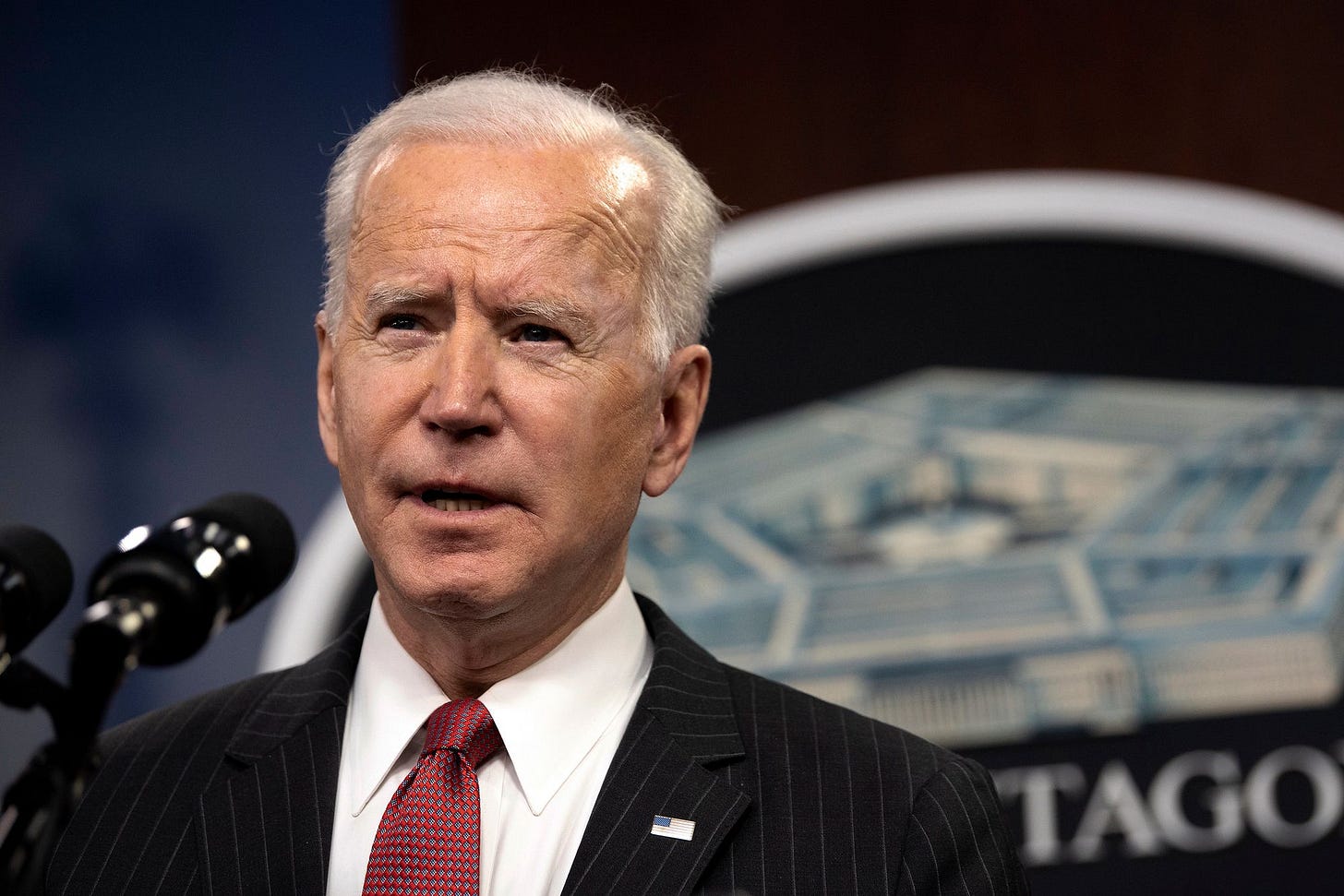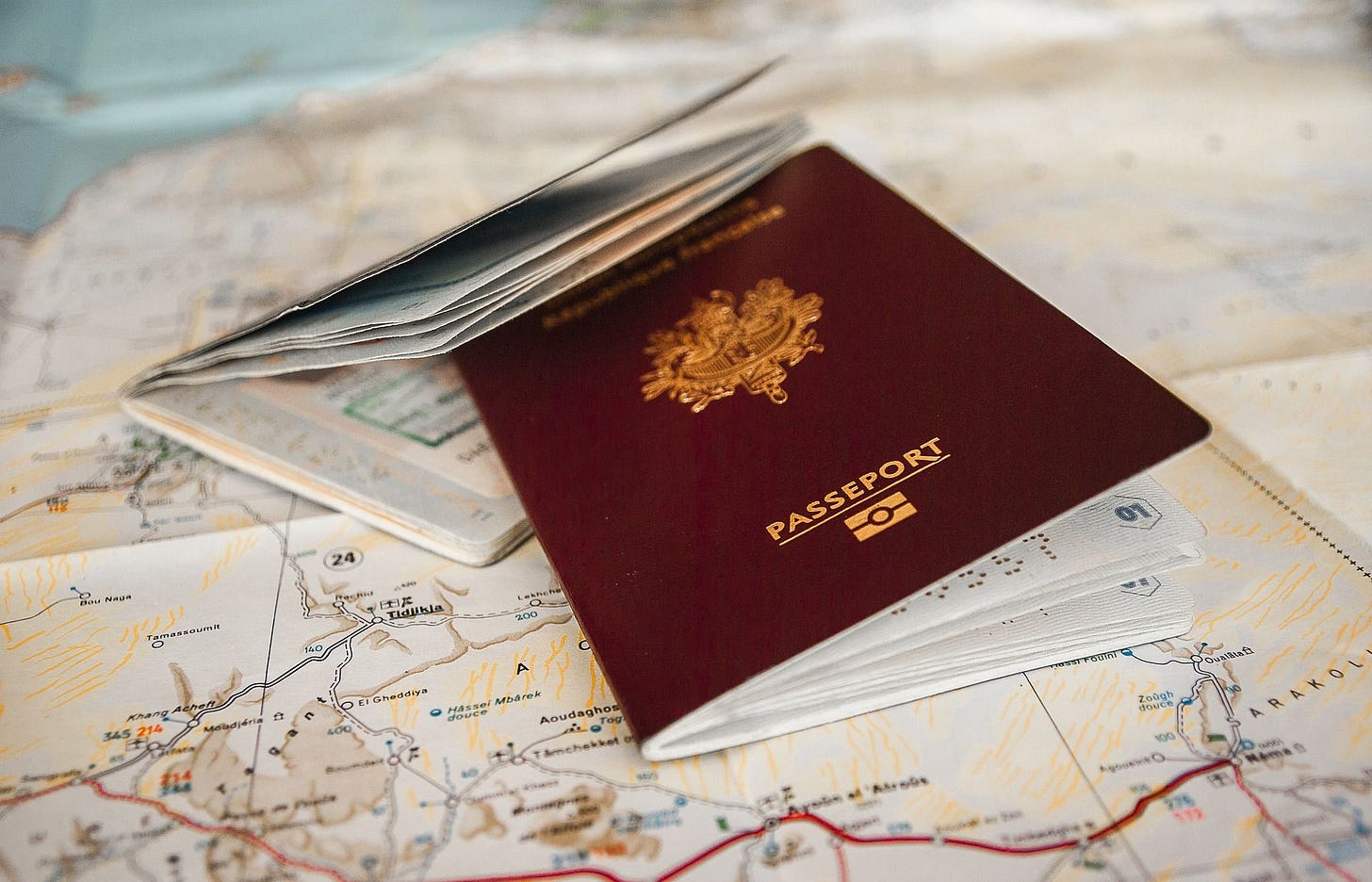Biden should allow Zoom visa interviews to ease the labor shortage
A visa backlog has stranded 460,000 potential workers outside the US.

Last month, the inflation rate hit 6.2 percent, the highest annual rate in 30 years. The Biden Administration has been scrambling to get inflation back under control. The president has announced that the Port of Los Angeles would begin operating 24/7 to clear a backlog of cargo ships, and that he would release oil from the Strategic Petroleum Reserve to help bring down gas prices.
One of the best ways to bring inflation down would be to ease the shortage of workers. Last week, the Labor Department reported that 199,000 Americans made jobless claims in the preceding week, the lowest level in 50 years. This tight labor market has prevented many businesses from expanding to accommodate strong demand for their products, putting upward pressure on prices.
A simple way to expand the US workforce would be to clear the logjam of visa applications that has built up since the start of the pandemic. Right now there are hundreds of thousands of would-be migrants who meet all the legal criteria to work in the United States, but are being kept out by a slow-moving federal bureaucracy.
Applications have been backlogged since 2020
Before the pandemic, the United States granted lawful permanent resident status to about 1 million people each year. Hundreds of thousands more got temporary visas to work in the United States.
Then in March 2020, the Trump administration closed the borders. Immigration rates remained depressed for much of 2020. By mid-2021, the government was once again issuing visas for permanent immigrants at pre-pandemic rates. But there remains a large backlog of pending applications.
One of the most significant bottlenecks is the face-to-face interview that occurs near the end of the application process. In 2019, the State Department typically had about 60,000 people waiting for interviews for permanent immigrant visas. That translated to a wait of a month or two.
Today that backlog is more than 460,000 people. With the government interviewing around 30,000 applicants per month, it could take more than a year to get back down to normal levels.
The State Department hasn’t published exact data on the number of pending applications for temporary visas. But according to data compiled by David Bier, an immigration expert at the Cato Institute, there's room for improvement there as well. The State Department issued about 350,000 temporary work-eligible visas between May and July of 2019. In the same three months of 2021, the State Department issued 214,000 visas. That’s a shortfall of 136,000 workers.
Putting both categories together, Bier estimates that the US government has issued about 1.2 million fewer work-eligible visas over the last 18 months than the pre-pandemic norm. That’s a lot of people who have been needlessly locked out of the labor market.
The case for Zoom visa interviews

Many of the 460,000 backlogged applicants for immigrant visas are ready to move to the United States as soon as they have permission to do so. So working through this backlog quickly could add a lot of workers to the US economy.
“Because of this huge backlog that's built up, they have to go above and beyond to get the wait times under control,” Bier told me in a phone interview. “Basically what they need to do is streamline the interview process by doing virtual, remote interviewing for low-risk cases.”
Bier isn’t the only one who favors the use of video interviews in place of face-to-face meetings. In an August letter, 24 senators urged Secretary of State Antony Blinken to “maximize alternatives to in-person visa interviews by providing waivers and virtual interviews." While their letter focused on student visas, the same recommendation makes sense for other visa categories.
COVID-related restrictions continue to limit the number of interviews that can be conducted in person at embassies and consulates. And the backlog isn’t evenly distributed: some overseas posts have long backlogs, while others are more or less back to normal operations.
Conducting some interviews over video apps like Zoom or Skype would give the State Department greater flexibility. Personnel in countries with low visa demand could use video calling apps to interview candidates in high-demand countries. State Department staffers in the United States could also lend a hand.
In May, a State Department spokesperson suggested that the law might not allow the use of virtual interviews.
“Immigrant and non-immigrant visa applicants are required by statute and regulation to appear in person before a consular officer,” State Department spokesman Neal Vermillion said in a May Q&A video.
But Bier points out that federal law allows the Secretary of State to waive the in-person interview requirement if doing so becomes “necessary as a result of unusual or emergent circumstances.” A once-a-century pandemic seems like exactly that kind of circumstance.
In September, the State Department allowed consular officers to waive the interview requirement for issuing student visas in certain circumstances. That suggests that the Secretary of State has discretion to modify the interview process for other visa categories if he wanted to do so.
Full Stack Economics is a reader-supported newsletter. Please subscribe to support our work.

